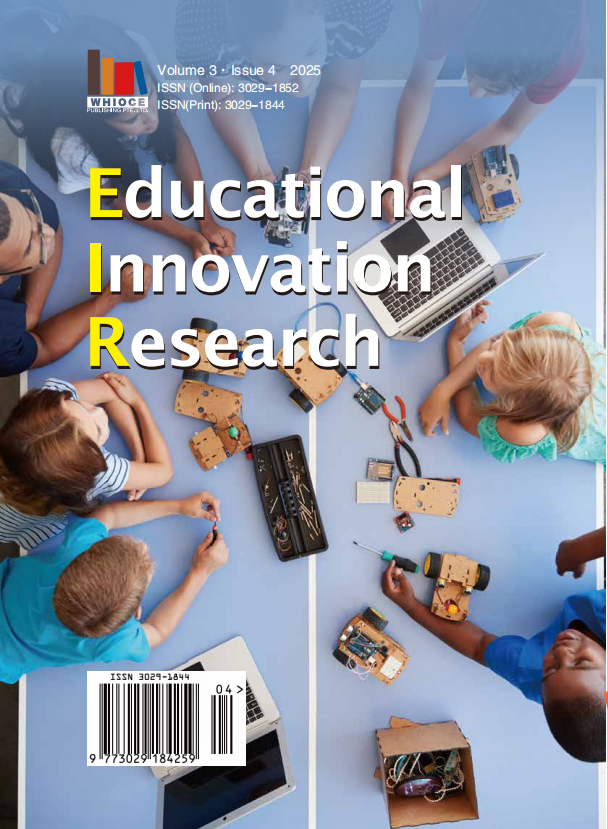The Practice and Application of AI in the Teaching of "Japanese Audio-Visual-Speaking" in the AI Era
DOI:
https://doi.org/10.18063/eir.v3i4.1040Keywords:
artificial intelligence, Japanese audio-visual-speaking, teaching practice, personalized learning, virtual simulationAbstract
In the current era of rapid development of artificial intelligence (AI) technology, the field of education is undergoing profound transformations[1]. As a crucial component of the Japanese language teaching system, the traditional teaching model of "Japanese Audio-Visual-Speaking" faces numerous challenges in cultivating students' comprehensive language application abilities. Against the backdrop of the AI era, this paper delves into the practice and application of AI technology in the teaching of "Japanese Audio-Visual-Speaking." By analyzing the current applications of AI technology in Japanese speech recognition, personalized learning, and virtual simulation scenario construction, combined with specific teaching practice cases, this paper elaborates on the innovative breakthroughs brought by AI technology to "Japanese Audio-Visual-Speaking" teaching, including advantages such as improved learning efficiency, enhanced interactivity, and personalized instruction. At the same time, it objectively examines the challenges faced during the application of AI technology, such as technological dependence, the transformation of teachers' roles, and data security, and provides an outlook on the future development trends of AI technology in "Japanese Audio-Visual-Speaking" teaching, offering references for promoting the modernization of Japanese audio-visual-speaking instruction.
References
Jian Huang, "Exploring Innovative Reform in Medical Education Against the Background of Artificial Intelligence," 2023.
Liu Na, "A Brief Discussion on the Teaching Reform of Japanese Audio-Visual-Oral Courses in Higher Vocational Education," Science and Technology Information, 2012.
Yang Zhenyu; Lü Danxuan, "Integrated Innovation of Big Data Analysis and Artificial Intelligence in the Field of Education," Packaging World, 2023.
Zhang Hongqin, "Research on the Basic Approaches to Integrating Information Technology with Secondary Vocational Mathematics Classroom Teaching," Inside and Outside the Classroom (High School Edition), 2024.
Li Ling, "The Practical Application of AI Technology in Secondary Vocational E-Commerce Teaching," View Weekly, 2024.
Wang Qiaomei, "Transformation and Innovation in High School Chemistry Teaching Under the Background of Educational Digitalization," Chinese Living Texts (High School Edition), 2024.
Shen Shuhong; Huang Jin, "Research and Practice on the Digital Transformation of Health Vocational Education from the Perspective of Intelligent Health Services," Chinese Vocational and Technical Education, 2024.
Xiang Wenkai, "How to Improve Secondary Vocational Students' Interest and Effectiveness in English Learning Through Information Technology," 4th International Conference on Innovative Education and Development, 2023.
Zhang Junjin, "The Integrated Application of Online Resources in Junior High School Mathematics Classroom Teaching," Asia-Pacific Education, 2023.
Hans Publishers, "Exploring the Construction of an Ecological Teaching Model for University Japanese Empowered by Artificial Intelligence," Modern Education Forum, 2025.

